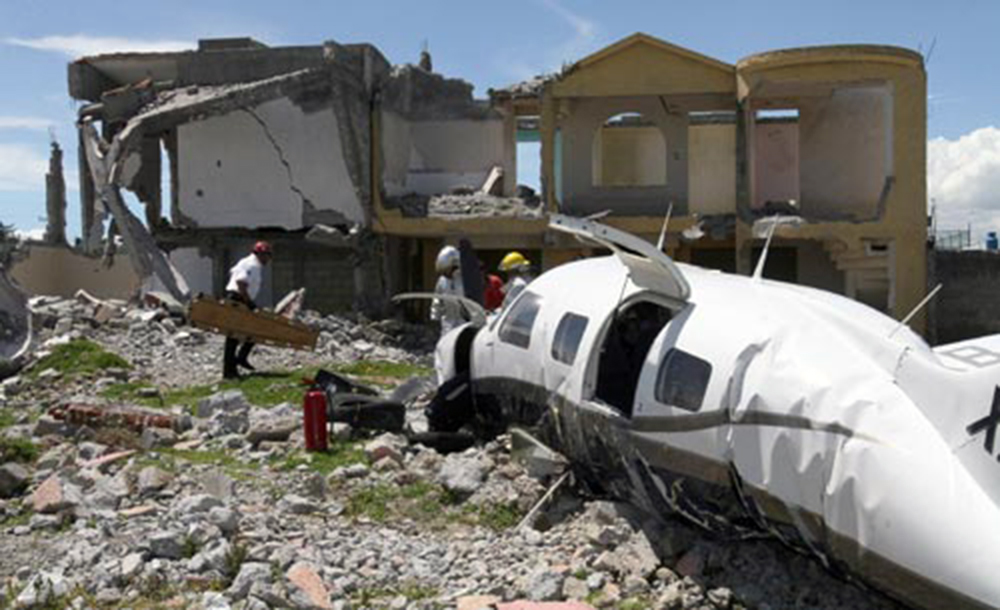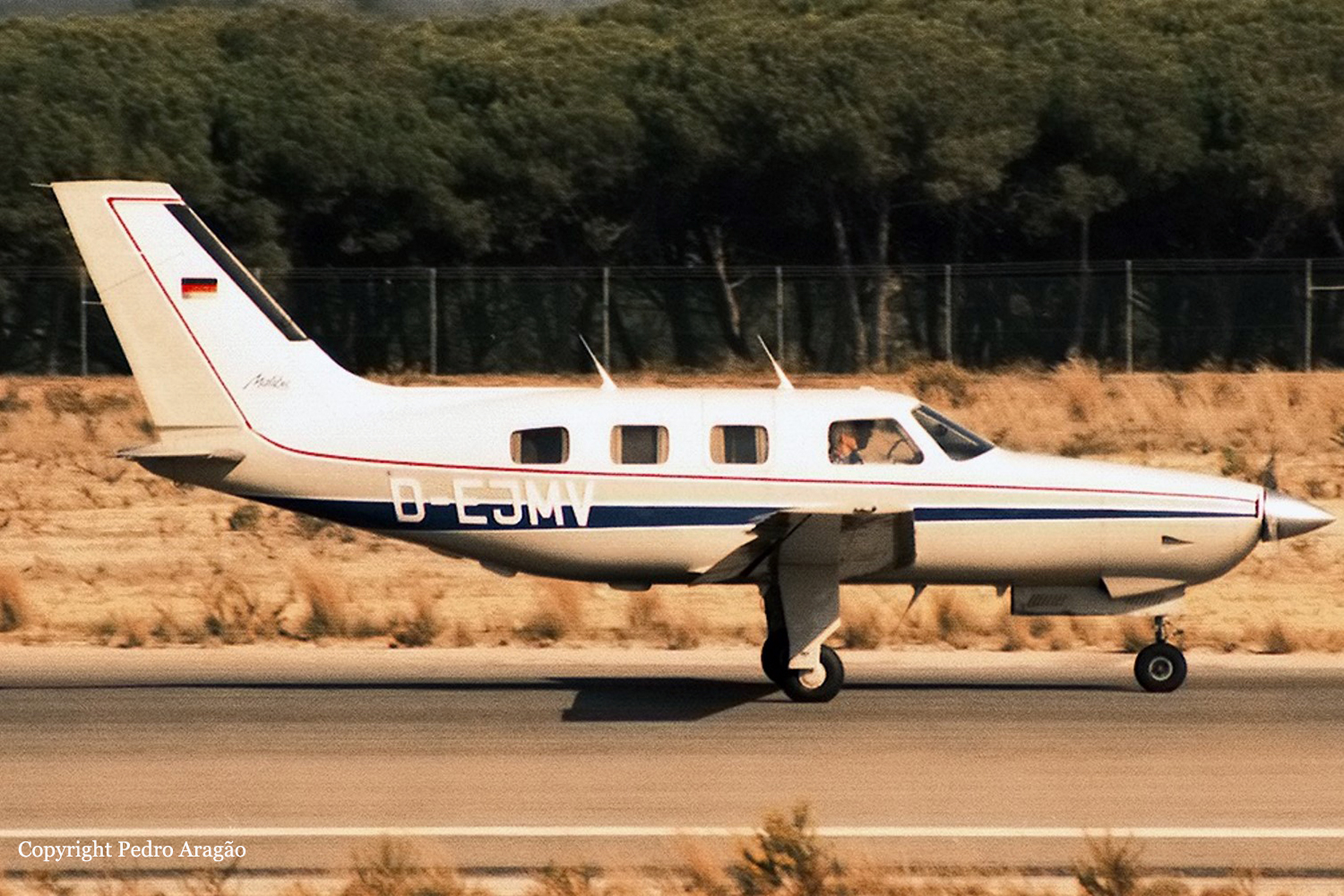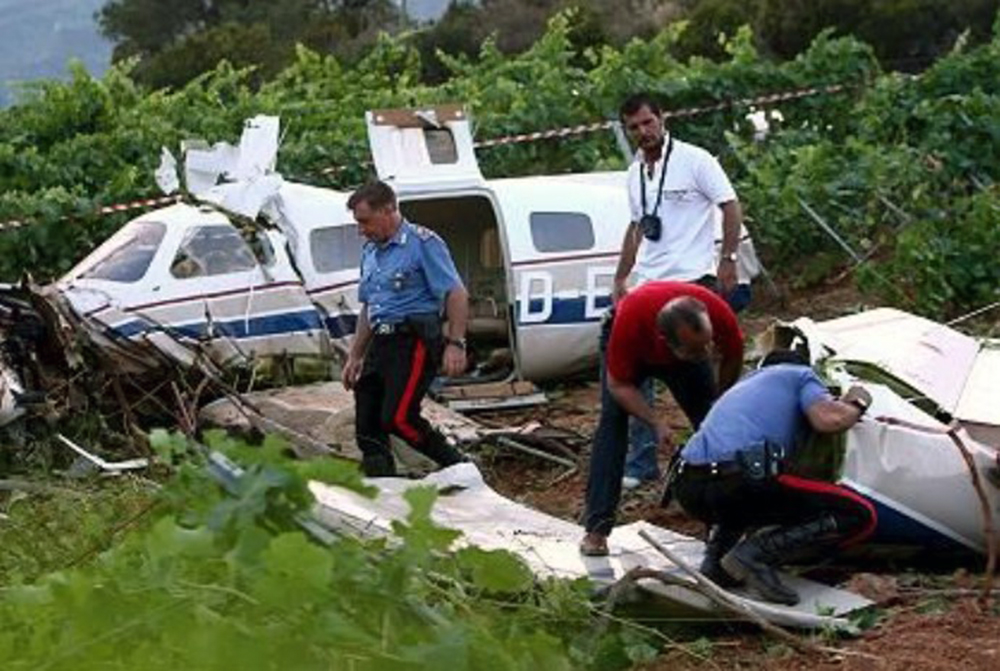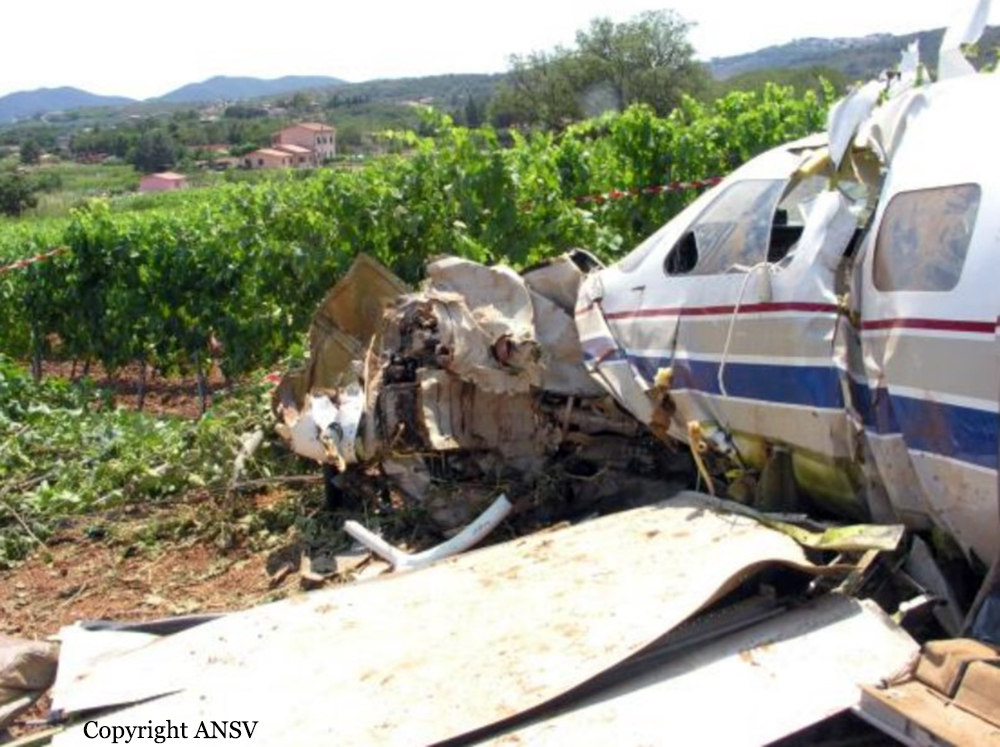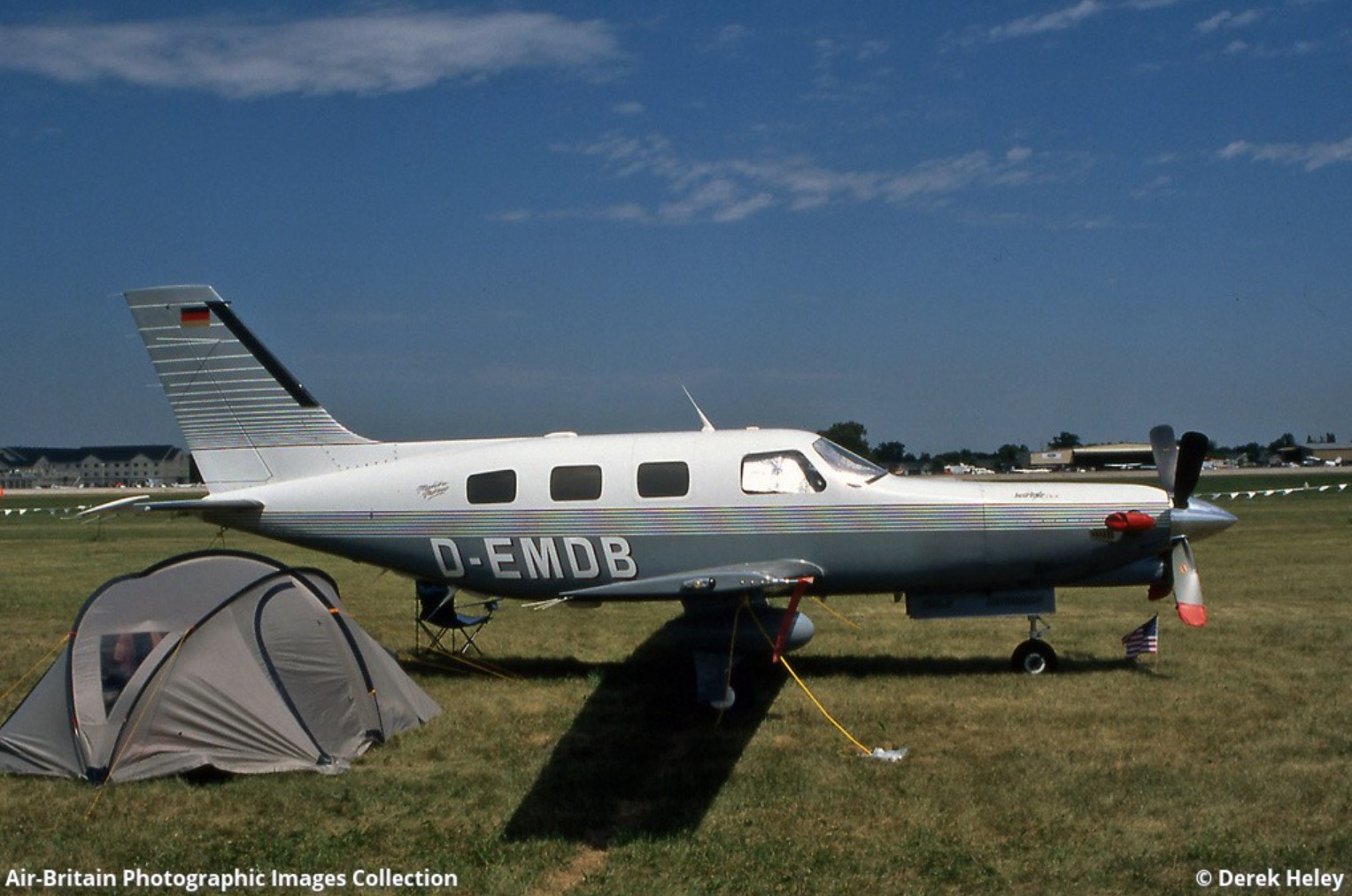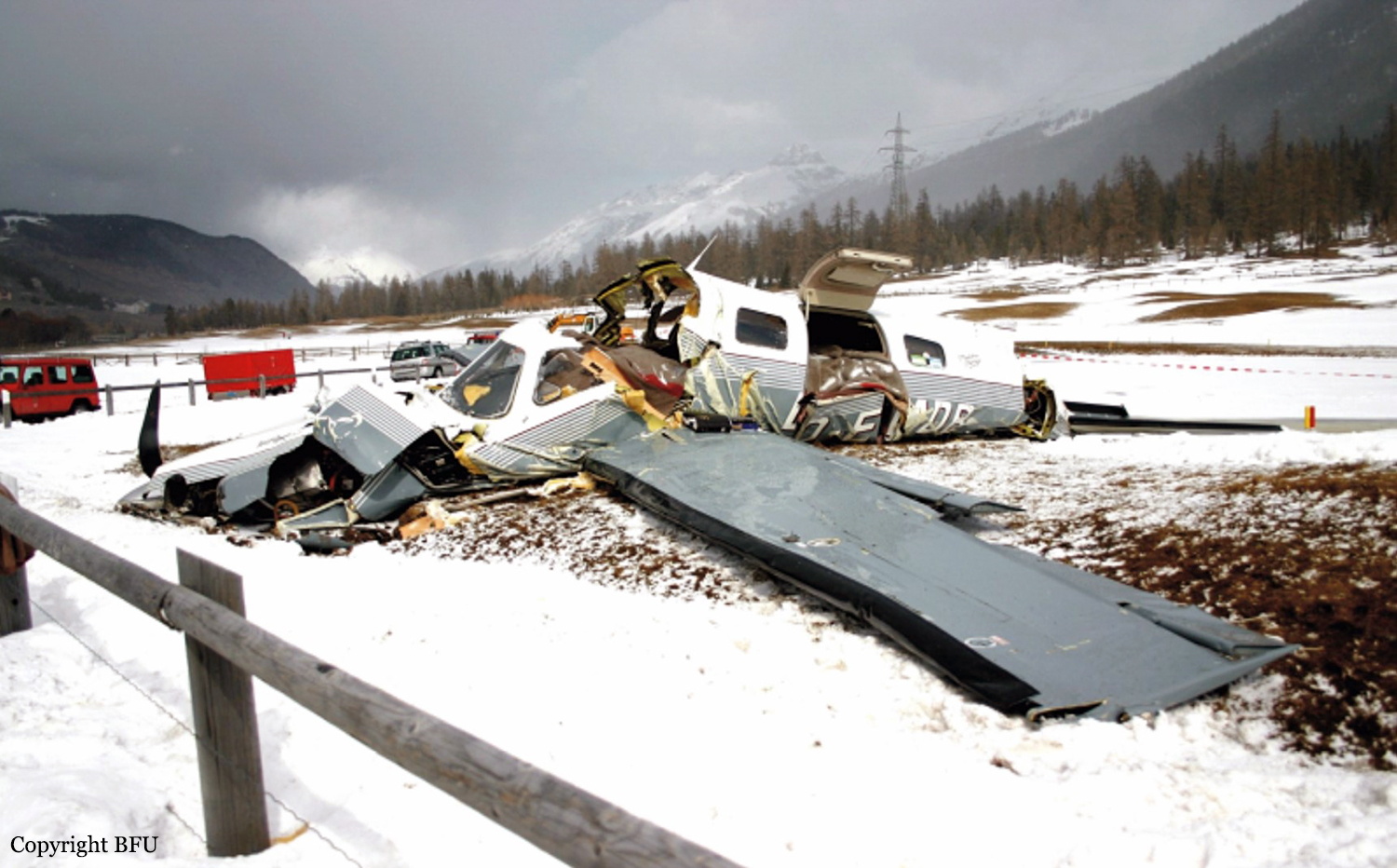Crash of a Piper PA-46-500TP Malibu Meridian in Tartu
Date & Time:
Nov 24, 2006 at 1705 LT
Registration:
OE-KDM
Survivors:
Yes
Schedule:
Tartu - Dresden
MSN:
46-97111
YOM:
2001
Crew on board:
1
Crew fatalities:
Pax on board:
2
Pax fatalities:
Other fatalities:
Total fatalities:
0
Circumstances:
The single engine aircraft departed Tartu-Ülenurme Airport on a private flight to Dresden, carrying two passengers and one pilot. Shortly after takeoff, while climbing to a height of about 300-500 metres, the aircraft entered an uncontrolled descent and crashed in a field located about 500 metres past the runway end. All three occupants were seriously injured and rescued an hour later. The aircraft was destroyed.
Probable cause:
The following findings were identified:
- Pilot’s inability to maintain necessary altitude and terrain clearance due to the spatial disorientation type 1 (unrecognized).
- Dark terrain, the absence of visual horizon and ambient light, the long duty time of the pilot and unfamiliarity with the airport can be considered as contributing factors to the accident.
- Pilot’s inability to maintain necessary altitude and terrain clearance due to the spatial disorientation type 1 (unrecognized).
- Dark terrain, the absence of visual horizon and ambient light, the long duty time of the pilot and unfamiliarity with the airport can be considered as contributing factors to the accident.


